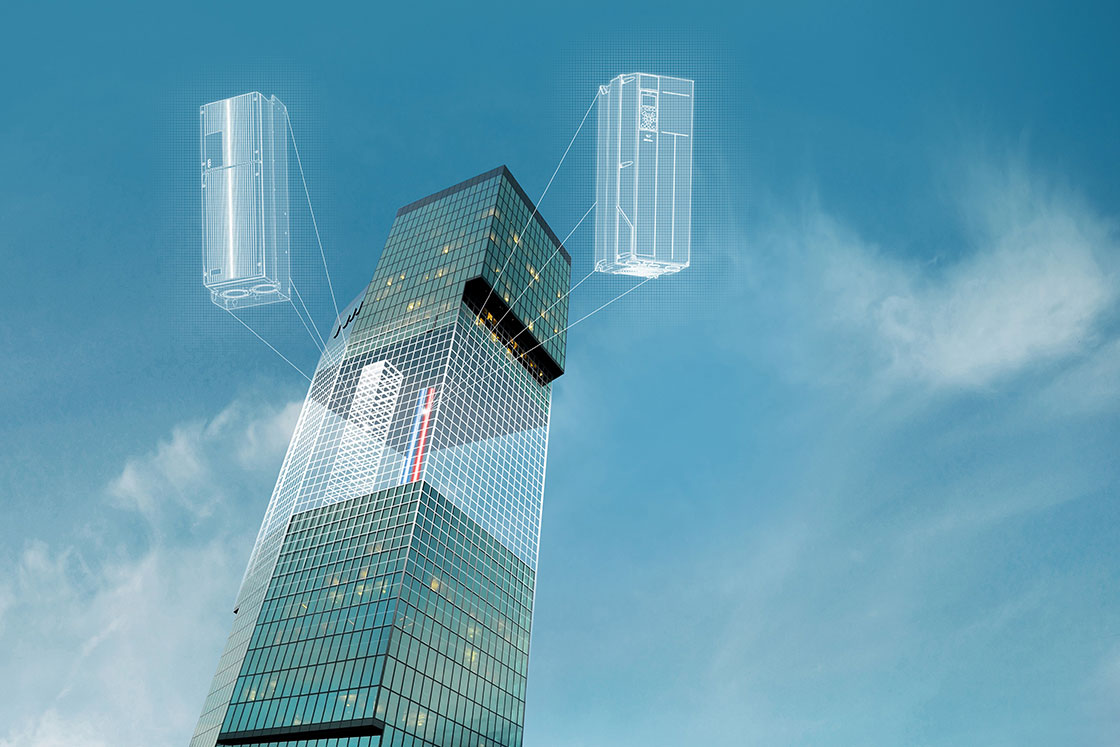
With a can-do mindset, China is showing the world how the challenges of modern living can be turned into opportunities. Investments in energy efficiency infrastructure are one of the roads to success and a lever to reduce CO2 emissions and save money.
Energy efficiency ensures cost efficiency
Any energy strategy must start with energy efficiency to ensure cost efficiency. At global level, if we are to give 1.5 billion people access to electricity as envisaged in Sustainable Development Goal 7 (SDG 7) , we need to ensure that the new 1.5 billion electricity consumers use the electricity as efficiently as possible. Imagine, for a second, what would happen if these 1.5 billion new electricity consumers adopted the technologies we used 25 years ago, including our energy habits?
The International Energy Agency estimates – in their recent Climate Technology Perspective – that energy efficiency needs to reach 38 percent of total energy demand to keep the planet within the 2 degree scenario of global warming.
In order to deliver on doubling our energy efficiency by 2050, one of the goals of the UN initiative Sustainable Energy for All, (SE4ALL), we should ask ourselves what can we already do today, in 2016? The opportunities are numerous, but one solution is particularly future-proof: district energy.
District Energy equals cleaner air for city dwellers
Chinese city developers are fully aware that the energy we don’t use is the best energy. District energy is a well-proven technology that has found new relevance in a world seeking to optimize and reduce the carbon impact of how we cool and heat our buildings. Not only is district energy highly efficient, it is also leading the way when it comes to the integration of renewables. And the potential is even bigger once we start utilizing surplus heat from energy-intensive industries, like copper, steel, cement or pulp and paper.
In China, cities like Benxi have started using surplus heat from local steel plants to heat buildings. Four main players teamed up: the Benxi Municipality, the Liaoning Provincial Government, Benxi Steel Group and a provider of district energy solutions. The team implemented a solution that can heat the residential area of the city with surplus heat from the Benxi Steel Group.
This means that the heat generated from steel production is channeled into the district energy infrastructure rather than evaporating into thin air, and be transported to people’s homes for the benefit of the residents.
The surplus heat was to replace coal boilers, and ultimately cover a residential area of 17 million square meters. This includes providing heating in the winter and domestic hot water throughout the year. By the end of 2015, the first 3 million square meters had been fitted with the modernized heating system. This first step alone reduced coal consumption by 20,000 tons per year; contributing to cleaner air for the benefit of the 1½ million people who live in the city. The project has also turned the local heating company affiliated with Benxi Steel Group into a profit-making business.
This is good news in a country where urbanization is taking place at a breathtaking speed. In 1990, every fourth Chinese man, woman or child lived in a city; today it applies to 56% of the population, and by 2030 that figure is set to rise to 70%. With more people on every square mile and a higher standard of living, air pollution is inclined to increase. However, efficient district energy can equal cleaner air for city dwellers.
District energy can unlock the potential of energy efficiency
The technologies required to unlock this potential already exist. We have solutions at hand that are modern, well-proven and even have attractive pay-back times.
District energy is a solid example of this. A report from the United Nations Environment Program highlights district energy infrastructures as a fast track to unlocking the potential of energy efficiency and renewable energy in cities.
According to the report, published in February 2015, a transition to modern district energy systems could play an important role in reducing energy-sector emissions by up to 60% of the required by 2050. It would halve the consumption of energy across the world.
We have the products and technologies necessary to make significant changes in energy efficiency. Despite the strong business case and the fast track to CO2 reductions, the potential of energy-efficiency initiatives are still to be fully realized. So a key question in the post-COP21 world remains: How do we accelerate the adaptation of best-available technology?
Other countries can benefit from following China’s example
Benxi is just one of several Chinese cities applying modern district energy solutions, and it is a solid example of how modern technologies can create results fast when put into play. District energy is also the perfect infrastructure investment for other countries, which have similar rapid urbanization rates, and which could benefit from following China’s example.
To seize the potential, we must accelerate the implementation of the best available technology, and the world’s leaders can help make it happen by providing motivating frameworks and incentives to invest. One key implementer is Sustainable Energy for All (SE4All). I encourage you to join SE4All and the energy efficiency movement today. Meanwhile, China has got it right by using energy efficiency to fast track the reduction of CO2 emissions.

Danfoss engineers advanced technologies that enable us to build a better, smarter and more efficient tomorrow. In the world’s growing cities, we ensure the supply of fresh food and optimal comfort in our homes and offices, while meeting the need for energy efficient infrastructure, connected systems and integrated renewable energy.
Our solutions are used in areas such as refrigeration, air conditioning, heating, motor control and mobile machinery.
Our innovative engineering dates back to 1933 and today Danfoss holds market-leading positions, employing more than 26,000 and serving customers in more than 100 countries. We are privately held by the founding family.
